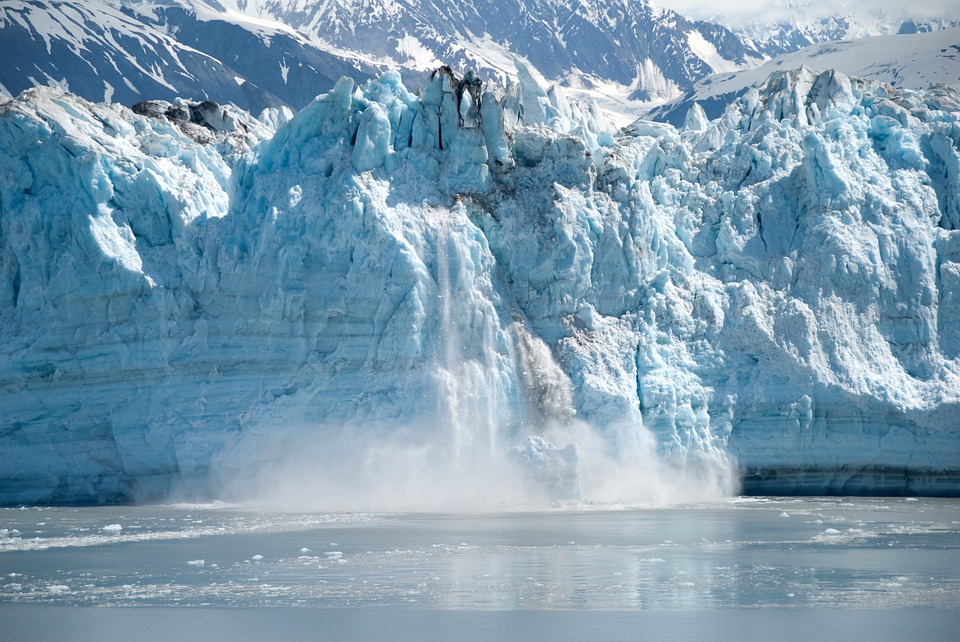What’s the connection between thawing mummies, recently uncovered ancient landscapes, and your next home-cooked meal? The answer: glaciers melting all around the world. In a recent study in the journal Nature Communications conducted on Baffin Island in the Canadian Arctic, geologists uncovered landscapes that had up until now been ice-covered for more than 40,000 years. Simon Pendleton, a Ph.D. student who was the lead author of this study, linked this phenomenon directly with global warming and calculated that the last century was the warmest century of the last 115,000 years and that these rising temperatures had thawed the Arctic glaciers and revealed their frozen history. Our food consumption is unfortunately linked to the melting of glaciers in that a substantial component of carbon emissions are directly and indirectly linked to food production, transportation, and wastage.
Food, glorious food
You
may be surprised to know that a quarter of global emissions of carbon come from
food, and more than half of food emissions come from animal products. The good
news is that as more and more people are living ethically (research
by Nutmeg in February 2019 indicated as many as 71% of
respondents believe they are), they are increasingly seeking ways in which to
live in a more environmentally friendly way.
Substituting our food with less environmentally damaging options
Food substitution is one of the simplest ways in which to reduce carbon emissions. For example, Rick Larrick, an academic at Duke’s Fuqua School of Business argues that “Beef is the SUV of food,” with 1 kilo of beef being equivalent to 63 car miles in terms of its carbon footprint. Comparatively, 1 kilo of chicken is equivalent to only 16 car miles, and so even changing a weekly kilo of beef to chicken would help the environment. Larrick has previously worked on helping people understand how much energy they consume, and comments, “Food is one of those areas where we can also make a difference, it’s just not as obvious to people.”
Look out for energy ratings on kitchen
appliances
In
preparing home-cooked food, more efficient and effective methods of cooking can
help bring down your carbon footprint. For example, pressure cookers can reduce
cooking time by 70%, meaning a lot less gas or electricity is used. Another
often overlooked area is the energy efficiency of cleaning and
rinsing your dishes. In this case, it’s best to look at the energy efficiency
rating of your dishwasher and to try and select one that has a
high rating.
Waste not, want not
According to the United Nations Food and Agriculture
Organization (FAO), every year the world discards over 1 billion tons of food,
that’s a staggering one-third of the food produced. In the West, up to 40
percent of all food is wasted, simply due to individuals buying more than they
need. A quick environmental win in this area would be to stock food in your
pantry and fridge based on a firm estimation of the portions required in your
household. This would contribute towards lowering your carbon footprint and help
in creating a sustainable food supply that is not prone to
excesses.
The time for action is now
The world is approaching record-breaking temperatures again in 2019, according to the Meteorological Office in the United Kingdom. The fact that 4 of the warmest years on record have occurred since 2015 demonstrates that action is needed now. By making a few changes to our dietary habits we can all make a small difference to our planet’s future.

